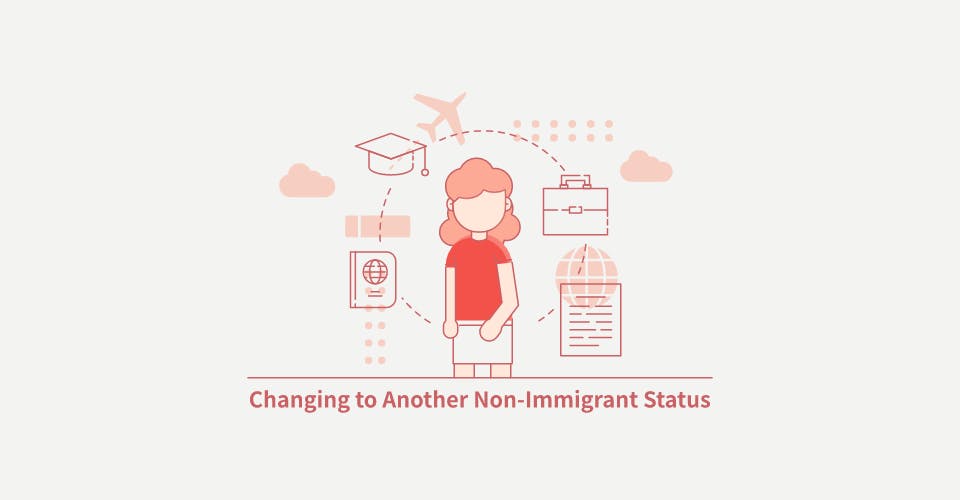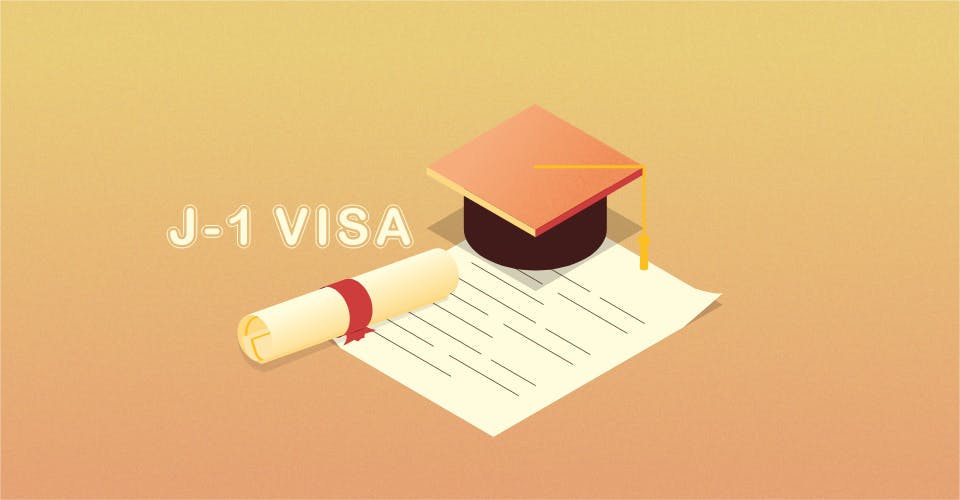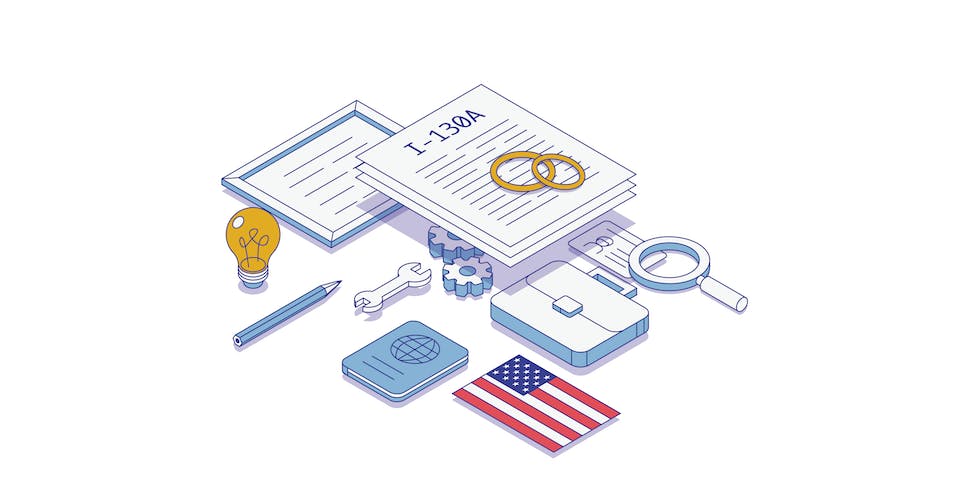There are currently five types of employment-based green cards that immigrants can be granted to live and work in the United States. They stem from first obtaining an employment-based visa, for example, an EB-1 and EB-2 which refer to “first preference” and “second preference”, respectively. The second preference is reserved for persons who usually hold advanced degrees and have exceptional abilities in the arts, sciences, or business. Many companies and managers each year end up sponsoring foreign nationals at their companies. Each year, the USCIS approves 140,000 visas that are EB for principal applicants and their derivative family members.
However, having such skills does not guarantee employment or a visa in the U.S. Applicants need to find a sponsoring employer who will file an I-140 Petition with the USCIS. On this form, the employer must state who they are and what organization they represent, as well as check the box for who they are petitioning on behalf. Prior to filing an I-140 for a prospective employee, the employer might also have to go through what is called PERM labor certification. These two steps are critical for applicants, and will later determine if they can come to the U.S. with a visa and adjust their status.
Obtaining a PERM Labor Certification
PERM refers to Program Electronic Review Management and is the first thing that employers must certify with the Department of Labor (DOL). For some categories, as mentioned above, having a PERM certification needs to happen before the employer can go ahead and file an I-140 Petition. According to the USCIS page on permanent labor, both EB-2 visa applicants and EB-3 are required to go through a labor certification process via their employer. For more information on labor certification, please see here: https://www.uscis.gov/working-in-the-united-states/permanent-workers#
The DOL labor certification, obtained from the Employment and Training (ETA) department verifies the following:
1. There are not sufficient U.S. workers able, willing, qualified and available to accept the job opportunity in the area of intended employment.
2. The employment of the foreign worker will not adversely affect the wages and working conditions of similarly employed U.S. workers.
Costs and Timelines
Once these conditions have been met, there is an overall consensus from immigration experts that this process takes approximately six months. There is no fee to file for labor certification on behalf of an employee.
The USCIS I-140 takes around the same time, with consensus surrounding a 4-6 month processing timeline. However, this form is not free to file and costs $700. Applicants should also know that employers are not required to pay this fee, so this arrangement needs to decide on between the employer and the prospective employee. Also, for a fee of $1,225, the USCIS will adjudicate the petition via “premium processing” and get the petition processed in 15 days.
Referring to the Visa Bulletin and Awaiting a Priority Date
Once the I-140 has been accepted, the applicant then needs to understand if there is a visa available for them based on visa cutoffs and annual numbers. Applicants should refer to the State Department visa bulletin to know if their category is “Current” based on their nationality. Some countries have longer backlogs than others due to the number of applicants from such countries (as well as population size) and the annual caps.
If a visa number is available and awarded to the applicant in question, they can use the visa to enter the United States and begin working. At this point, filing an adjustment of status is a natural process for many EB-2 and EB-3 recipients.














